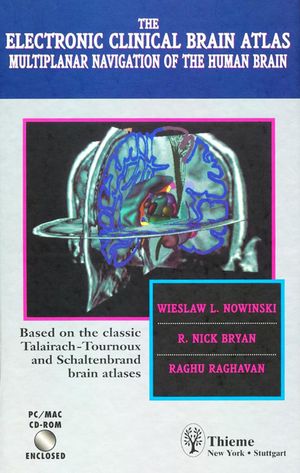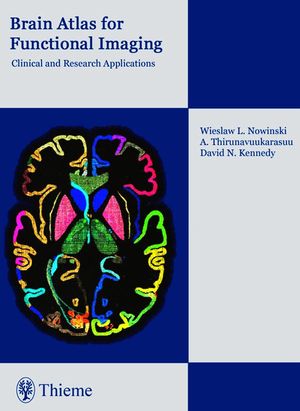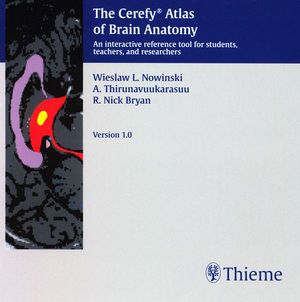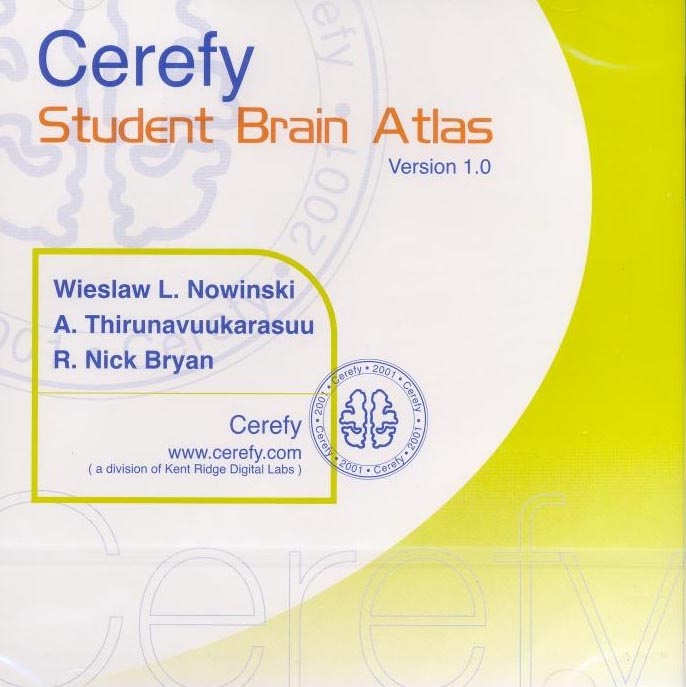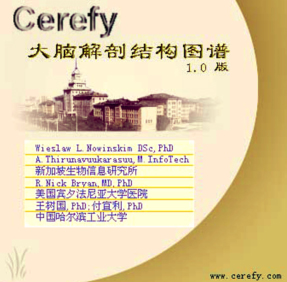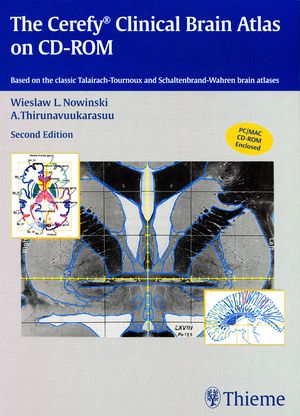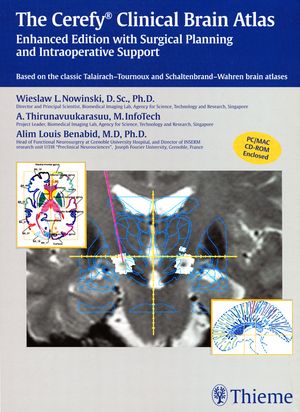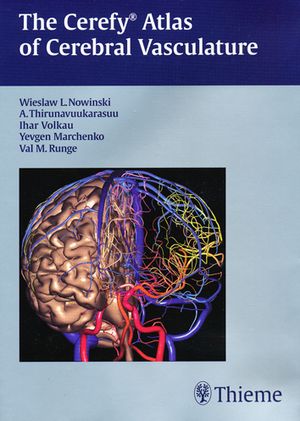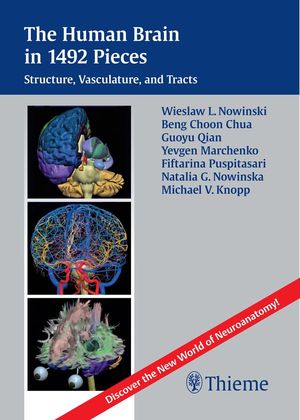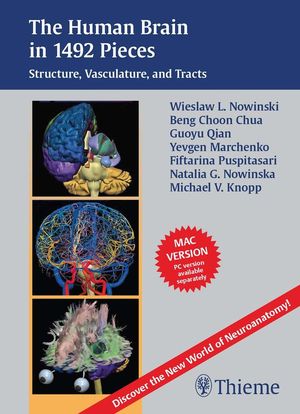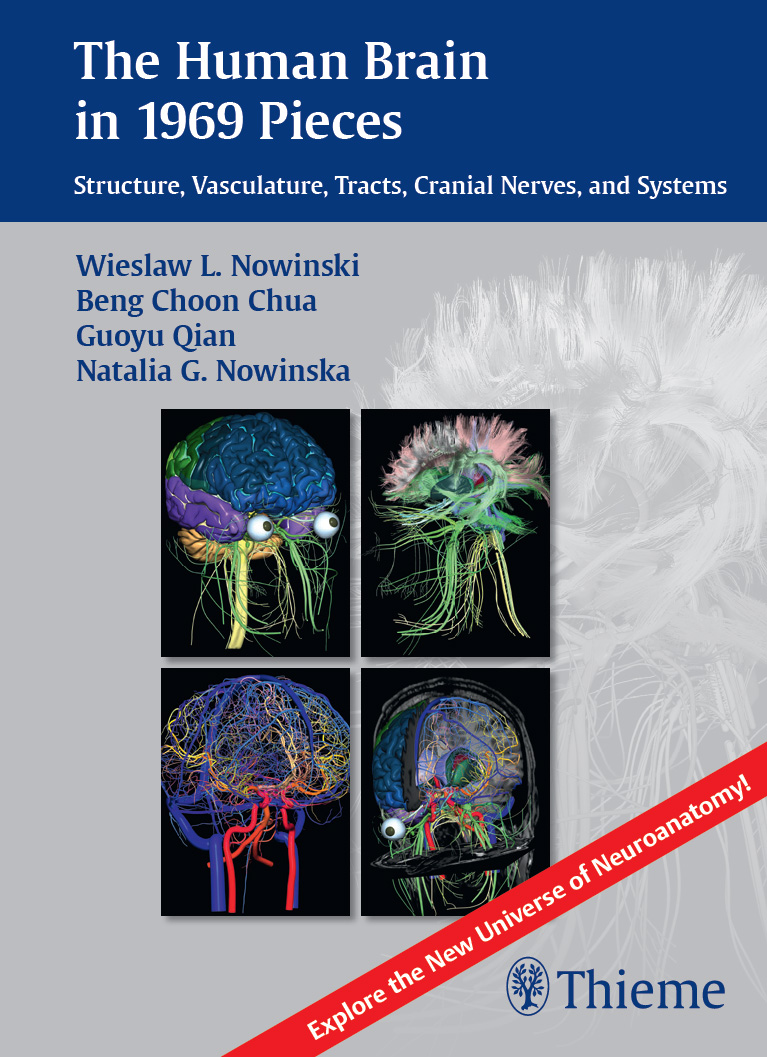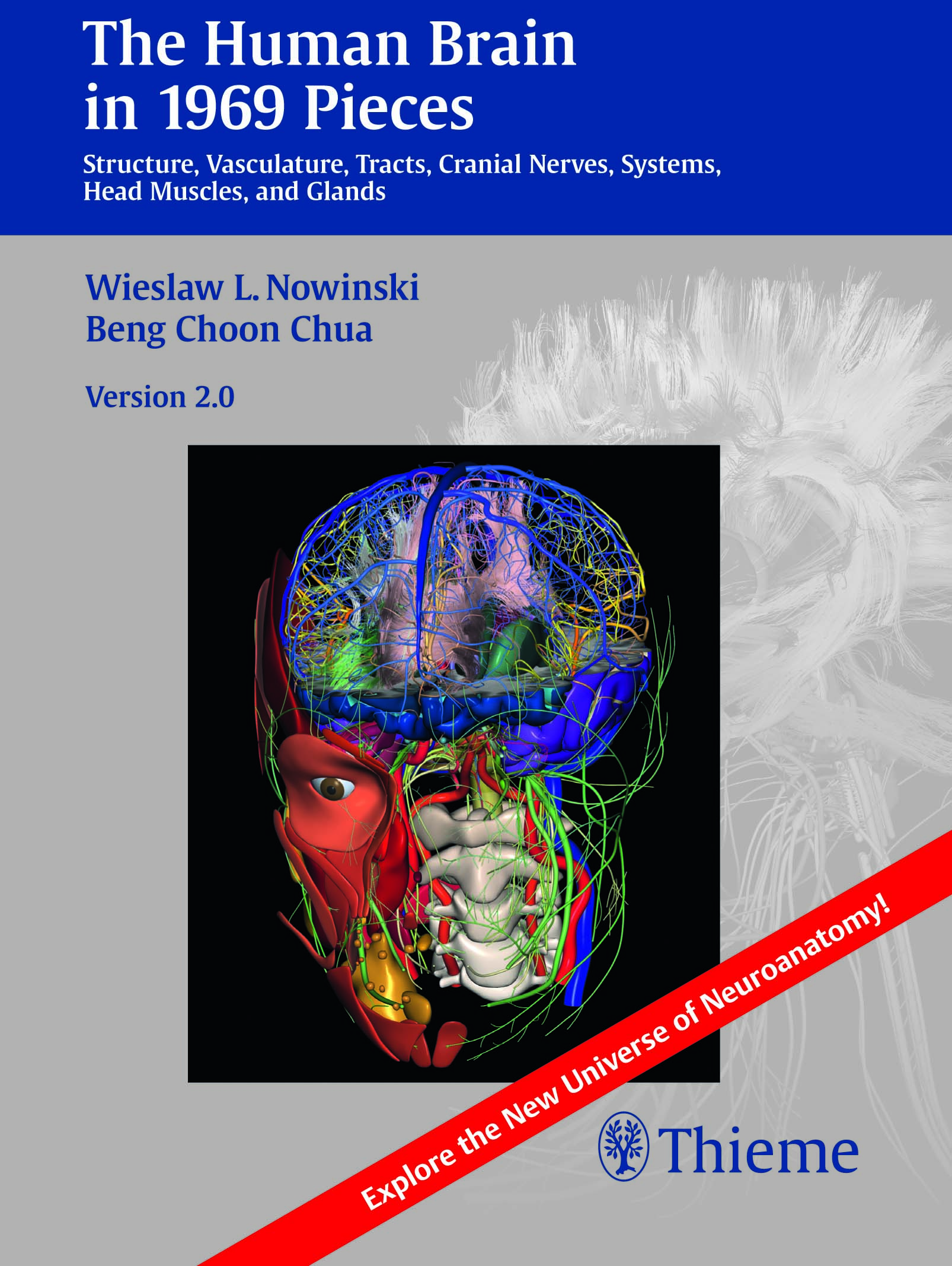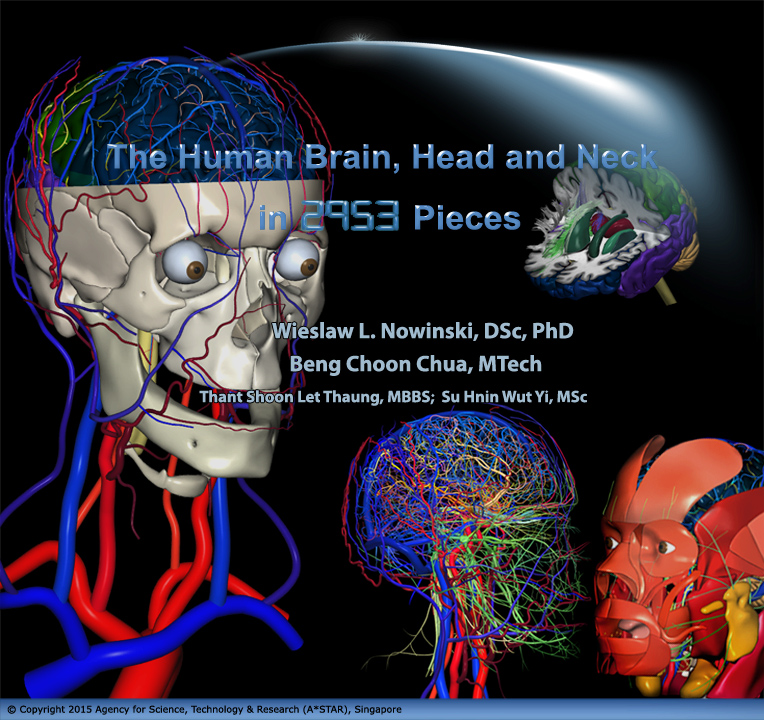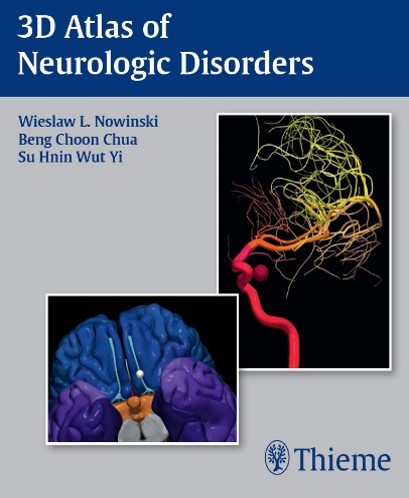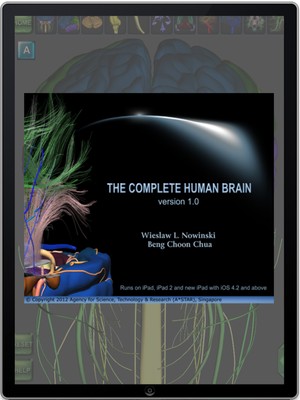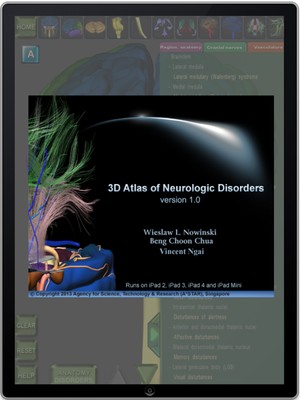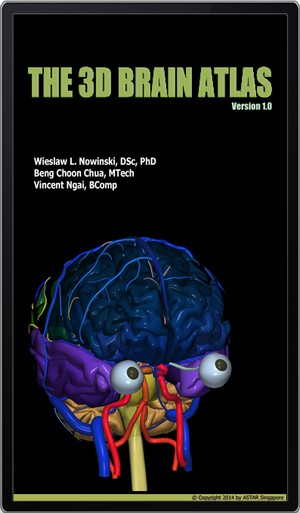Wieslaw L. Nowinski Bio

Prof. Wieslaw L. Nowinski, D.Sc., Ph.D. - scientist, innovator, entrepreneur, manager, pioneer, and visionary; science-medicine-art "bridge builder"; creator of "world’s most gorgeous" human brain atlases.
Dr. Nowinski bridges science, medicine, and art, focusing on the human brain. His research includes electronic atlases of the human brain in health and disease, stroke, deep brain stimulation, neuroinformatics, brain quantification, medical image processing and analysis, human body modeling, virtual reality, surgical simulation, interventional radiology and teleradiology simulation, computer-assisted diagnosis and treatment, and future directions in computer-aided radiology and surgery, among others. Affiliated with four of the world’s top 10 universities (according to the Shanghai domain ranking), No 2 in MED (the USA) and No 2, 6, and 9 in ENG (Singapore and China). Professor in the US, China, Singapore, Poland, and Australia.
He has 606 scientific publications (h-index 54, i10-index 203 (Google Scholar), within the world's top 2% scientists (Stanford list)), including 145 (24%) as the only author, 296 (49%) as the first author, and 553 (92%) as the first/senior author. Dr. Nowinski also has 71 patents granted (23 US, 11 EP, 33 SG, 4 DE) and 68 patent applications filed from his research lab (19 US, 21 EP, 9 SG, 8 AU, 3 JP, 3 CN, 1 AT, 4 PCT). He has created 51 diverse human brain atlases with his team, including 35 brain atlas products used worldwide in neurosurgery, neuroradiology, neurology, neuroscience, human brain mapping, and neuroeducation. These atlases have been licensed to 67 companies and institutions, including 3 publishers, and distributed in about 100 countries. In addition, prototypes of medical simulators, computer-aided systems, and tools have been licensed to 24 more sites. Three high-tech companies have been started from his lab, two of them acquired.
Prof. Nowinski has pioneered several novel concepts in medicine, including atlas-assisted processing of medical images (US and EP patents, published), atlas-aided planning in stereotactic and functional neurosurgery (published), helical stereotaxy (US patent), operating room of the future (published), do-it-yourself neurosurgery (published), probabilistic functional atlas (US patent, published), probabilistic stroke atlas (patent-pending, published), atlas-aided stroke image processing (US and EP patents, published), atlas-enhanced interpretation of brain scans (published), brain presentation and exploration (published), and brain handling at the nanoscale (published).

His research has contributed to neuroscience and resulted in several discoveries about the human brain. Dr. Nowinski has discovered the functional laterality (and some other properties) of the subthalamic nucleus - a major target in the surgical treatment of Parkinson’s disease and other neurologic disorders. Dr. Nowinski has studied the relationships of gray to white matter in brain sections proposing a new method useful to characterize the normal brain with a few landmarks, quantify healthy aging, and detect and quantify pathologies; the method has potential applications in brain compression, comparison, morphometry, and normalization, which open new avenues in computer-aided neuroradiology from screening to searching of large brain databases. By exploring his own brain Dr. Nowinski has discovered that the human cerebrovasculature, despite its enormous complexity, is characterized by four simple approximate proportions 1:1, 1:2, 1:3, 1:4, and their combinations 1:1:1 and 1:2:4 (e.g., the volume of the arterial to the venous system is 1:3; the volume of the dural sinuses to the whole vascular space is 1:2; the ratio of the posterior to anterior to middle cerebral arteries is 1:2:4 both in volume and length; the ratios of the left to right vessels are 1:1 for the arteries and veins; the vessel number ratio of the superficial to deep veins is 1:2; the length of the superficial to that of deep veins is 1:1, each equal 1/4 of the total vascular length). He has proposed a new, quantitative, and volumetric definition of the term cerebral sulcus (and consequently that of gyrus), formulated a constructive method for sulcus calculation, and provided a novel, dual-image way for the presentation of sulci on the spatially corresponding white matter (shaped as the imprints of the volumetric sulci) and cortical surfaces. Dr. Nowinski has also proposed a new method of exploring the cerebral sulci from the inside of the cerebrum and introduced new terms, sulcal wall skewness, and sulcal 3-hinge. He has introduced a new method of brain exploration through cortical openings and illustrated it for the intracranial arteries. Moreover, he has proposed a new classification of cerebral veins based on their termination, which is simple, clear, didactically useful, and convenient for analyzing 3D vascular trees extracted from imaging. Regarding human brain modeling and processing at the nanoscale, Dr. Nowinski has formulated the morphological neuronal model file format, introduced neuronal volumetric and geometric models, estimated storage and high-performance computing resources to handle them, modeled and estimated data bigness of synaptome, and designed a nanoscale brain atlas.
The most impactful is his work on human brain atlasing covering structural, vascular, connectional, and functional brain atlases; atlases of neurologic disorders; population-based diseased brain atlases; stroke atlases; an atlas of cerebral arterial variants; and a 3D brain atlas extended to the head and neck (with about 3,000 components). Dr. Nowinski has introduced electronic brain atlases and several new concepts to atlas-aided stereotactic and functional neurosurgery. The electronic brain atlases he created have been licensed to 13 surgical companies and incorporated in more than 1,950 neurosurgical workstations; they have been distributed worldwide by leading companies, including Medtronic, BrainLab, and Elekta. Hundreds of thousands of patients have been treated using the Nowinski Brain Atlases resulting in better outcomes and improved quality of life. Fifteen 2D and 3D brain atlases have been distributed by Thieme Publishers, New York-Stuttgart mainly to individual clinicians and medical institutions. iPad- and Android-based versions have also been developed. In total, more than 10,000 copies of the Nowinski Brain Atlases have been distributed worldwide.
Bridging science-medicine-art he has created the NOWinBRAIN repository containing the Nowinski Brain Image Gallery (nBIG) with over 8,600 images of the live human brain extended to the head and neck reconstructed in 3D and organized in 12 diverse galleries. It also contains a few artistic and special theme images, including an exhibition Peace through Brain. The nBIG, accessed by visitors from 90 countries, is publically available at www.nowinbrain.org. This is the world’s largest public collection of 3D live neuroimages created by a single person.
In addition, Dr. Nowinski along with his team has developed (based on his patented and patent-pending solutions) several awarded computer-aided systems for stroke diagnosis, treatment, and prediction licensed to 19 companies and institutions including The World Stroke Organization.
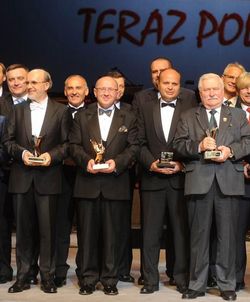
Dr. Nowinski has been conferred with 45 awards and honors; 30 awards are from leading medical societies, including Magna cum Laude (radiological Oscar) from the Radiological Society of North America in 2009 and 2004; Magna cum Laude from the European Congress of Radiology in 2000; Summa cum Laude in 2014, 2012, 2008 and 1997, and Magna cum Laude in 2009 and 2005 from the American Society of Neuroradiology; and Highly commended in 2013 (in medical book category) from the British Medical Association. Dr. Nowinski received the Knight’s Cross of Merit from the President of the Republic of Poland in 2005. He was named The Outstanding Pole in the World in 2012. He was a finalist of the Asian Innovation Award 2010 for his stroke work organized by The Wall Street Journal and Credit Swiss. He received the Pioneer in Medicine title from SBMT/USA in 2013. In 2014, Dr. Nowinski was a nominee (within the top three) for the European Inventor Award in the Lifetime Achievement category.
His work has been featured in The Wall Street Journal, on The Discovery Channel, CNN, BBC (Tomorrow's World), and Channel News Asia, among others. He has been listed in Who’s Who in the World, Who’s Who in Science and Engineering, Who’s Who in Medicine and Healthcare, and Who’s Who in Asia. Dr. Nowinski and his brain-related work have been honored with a postage stamp issued by the Polish Post in 2018 to honor Polish inventors of the century (within two living inventors).
Human Brain, Head and Neck in 2953 Pieces
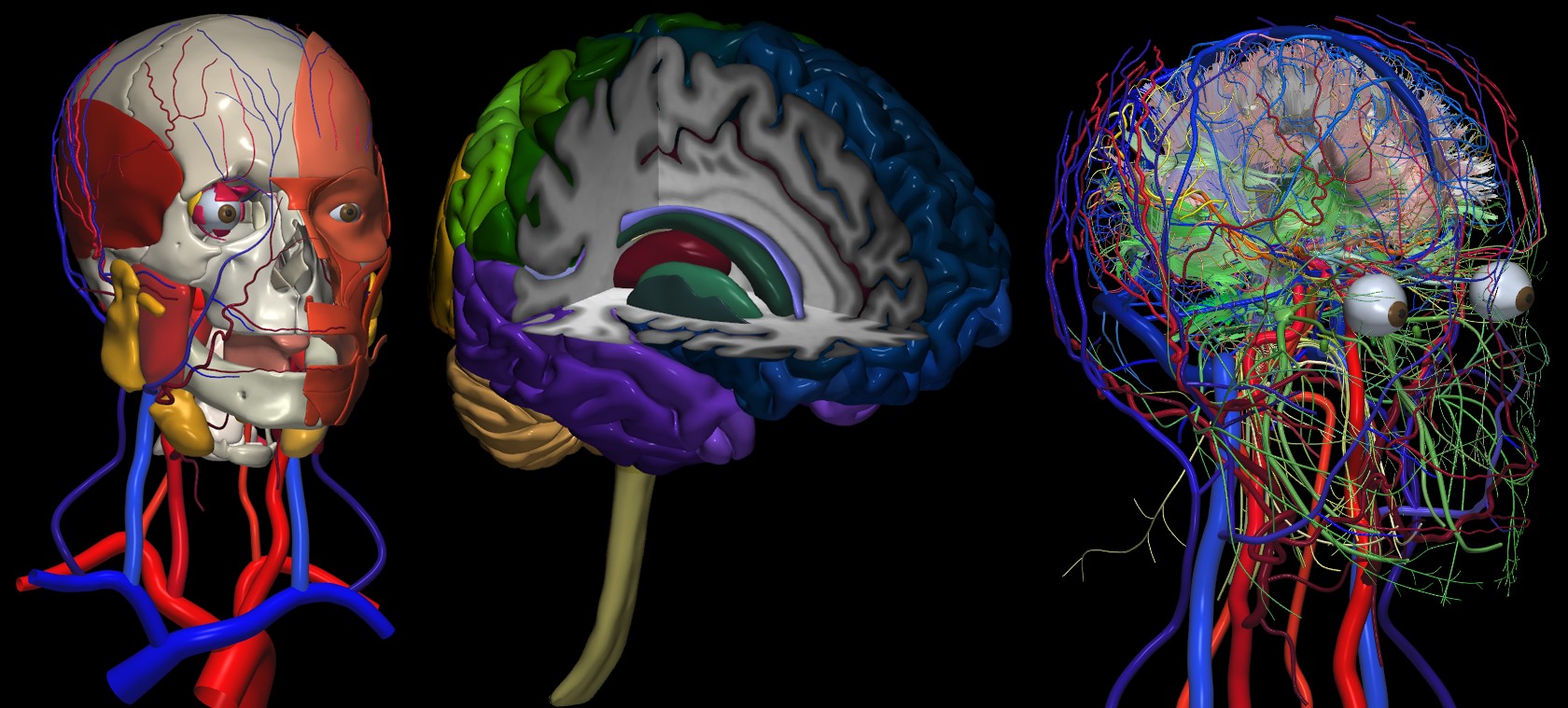
Download the latest Nowinski atlas (atlas temporarily unavailable).
Runs on Windows XP, 7, 8.0 and 8.1.
Free brain atlas overview paper
Reviews
If in creating The Human Brain in 1492 Pieces it was Dr. Nowinski’s goal to produce the world’s most gorgeous, visually stunning human brain atlas, then he has undeniably succeeded.
With this incredible software you hold the future in your hands.
When you put this CD into your computer, you are embarking on a voyage of discovery into a Brave New World of neuroanatomy, seen in an entirely new and totally stunning way. Sit back and enjoy this breathtaking, totally engrossing delight!
Anne G. Osborn, M.D.
Distinguished Professor; General Neuroradiology
Department of Radiology
University of Utah School of Medicine
CEO of Amirsys Inc
Dear Professor Nowinski, on behalf of the Thieme publishing company, I would like to congratulate you on this lengthy list of recognitions. Your contributions also span the gap that often exists between basic science and clinical care - a quality that makes your work truly unique. I would also like to thank you for the advancements you and your lab have brought to the treatment of patients with neurological disorders. When we first began to publish our highly successful series of brain atlases more than 30 years ago, no one else could predict not only their long-term utility but also their impact on neuroscience, neuroradiology, and neurosurgery. Because of your work in digitzing, improving and enhancing the atlases, their usefulness has been extended to a new generation of researchers and practitioners. Most recently, your ground-breaking work in the creation of new atlases from 3T and 7T scans has added a new and promising dimension to the field of neuroanatomy.
Dr. Albrecht Hauff
Chairman and CEO, Thieme Publishers
Dr. Nowinski and his team created a novel generation of electronic brain atlases derived from our classic atlases. Their digital atlases are globally accepted and used worldwide. They are now incorporated in more than 1,950 neurosurgical workstations around the world, where they are used and trusted by surgeons planning and carrying out complex operations. The atlases were also distributed on more than 8,000 CD-ROMs to individual clinicians and medical schools.
Brian D. Scanlan
President, Thieme Publishers
The Human Brain in 1492 Pieces is a wonderful product representing the future of brain atlases. Interactive, accurate, and easy to use, this atlas sets a new standard in both neuro-education and operative planning.
WOW, what a wonderful way to view and study the cerebral vasculature! Here, on a powerful and user friendly CD-ROM (The Cerefy Atlas of Cerebral Vasculature), one will find a comprehensive and accurate display of the cerebral arteries and veins integrated with cortical and ventricular anatomy and axial, coronal, and sagittal MRI and MRA.
Albert L. Rhoton, Jr., M.D.
R.D. Keene Family Professor and Chairman Emeritus
Department of Neurosurgery, University of Florida
Wieslaw Nowinski has produced a new atlas based on a real human brain imaged at 3 and 7 Teslas and segmented in all its components with high resolution. This is an extremely interactive software, which will be useful to students, neurologists and of course neurosurgeons. I do believe we are witnessing the advent of the functional neuroanatomy of the XXIst century.
Alim-Louis Benabid M.D., Ph.D.
Professor Neurological Surgery
University Joseph Fourier, Grenoble
The continued work of Dr. Nowinski on bringing automatic computerized image analysis tools to the neuroimaging community provides important new diagnostic resources to radiologists and their patients.
R. Nick Bryan, M.D., Ph.D.
Professor and Chairman, Radiology
University of Pennsylvania Health System
Past President of RSNA and ASNR
I have been teaching the Human Nervous System for the past 15 years. Prof. Nowinski’s Brain Atlas is by far, the finest which I have ever seen. It is unmatched in its accuracy, its level of detail and the brilliant way in which it combines modeling of brain structure with high resolution imaging. It is ideal for multiple approaches to learning neuroanatomy, from self-study to organized classroom activities. It is in all respects wonderful.
David Lopes Cardozo, Ph.D.
Associate Dean for Graduate Studies
Director of Division of Medical Sciences
Harvard Medical School
The Human Brain in 1492 Pieces from 3T and 7T is a phenomenal accomplishment that provides amazing three-dimensional views of the vasculature and anatomical structures of the brain. The ease of use and the level of anatomical detail is nothing short of spectacular. This incredible academic work represents a tremendous advance in the field of neuroanatomy.
William W. Orrison, Jr., M.D
Chief of Neuroradiology, Nevada Imaging Centers
Clinical Professor, University of Nevada School of Medicine
Past Professor and Chairman, Department of Radiology, University of Utah
Dr. Nowinski's atlas of brain anatomy is a superb and invaluable resource for all diagnostic radiologists, in particular those who interpret MR and CT. The atlas is extremely easy to navigate, and presents pictorially critical information and anatomy for diagnostic interpretation, serving both as an excellent diagnostic resource and an invaluable educational tool.
Val M. Runge, M.D.
Editor-in-Chief, Investigative Radiology
Robert and Alma Moreton Centennial Chair in Radiology
Scott and White Clinic and Hospital
Texas A&M University Health Science Center
Wieslaw Nowinski's work brings research and practice together, and as a European world citizen, he builds bridges between continents.
Brain research continues to gain in importance as the world's population ages. In this area of research, Nowinski is both a pioneer and a trendsetter.
Benoit Battistelli
European Patent Office President
Quotes by Wieslaw L. Nowinski
If a clinician helps thousands of patients and a researcher could help thousands of clinicians, then doing medical research is the most rewarding job.
Life is too short to do anything else than to study the human brain and prevent or cure its 1,000 disorders.
The two most important gifts given to us are brain and time. Use your time to understand the brain.
I am doubly happy that both my mind and brain serve humanity.
I am the first man who can take his brain apart, reassemble it, and repeat this process again and again without losing his mind.
Life is a journey from analysis to synthesis.
